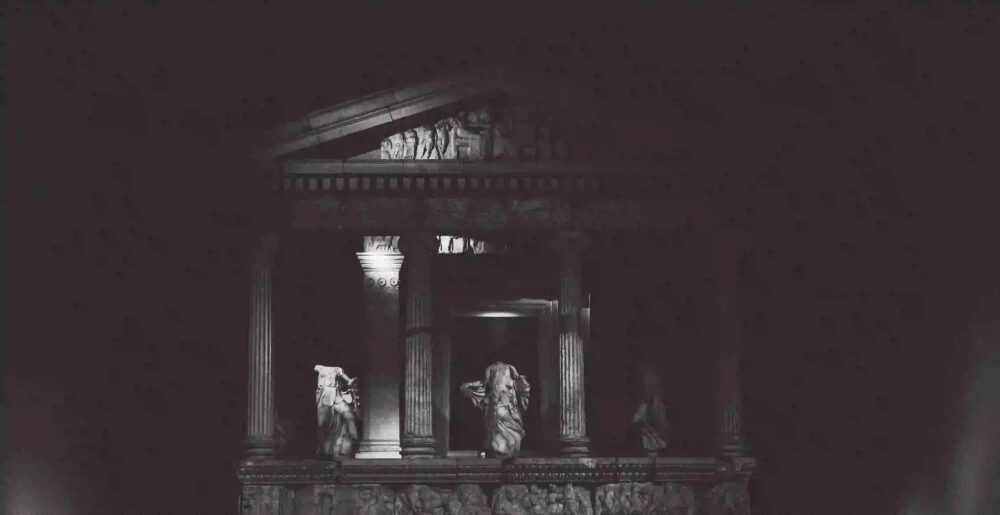Mythical creatures have fascinated and captivated human imagination for centuries. From the majestic centaurs of Greek mythology to the enchanting mermaids of folklore, these fantastical beings have woven themselves into the tapestry of human culture, inspiring countless stories, art, and legends. Let’s embark on a journey through the rich tapestry of mythical creatures in folklore, exploring their origins, characteristics, and enduring allure.
Centaurs: The Majestic Half-Human, Half-Horse Beings
Centaurs, often depicted as beings with the upper body of a human and the lower body of a horse, have been a prominent figure in Greek mythology. These creatures were known for their strength, agility, and wild nature. Often portrayed as skilled archers and warriors, centaurs were both revered and feared in ancient tales. In some stories, centaurs were associated with debauchery and violence, reflecting the duality of their nature.
The origins of centaurs can be traced back to ancient Greek mythology, where they were believed to be the offspring of Ixion, a king who offended the gods, and Nephele, a cloud nymph created by Zeus. Centaurs symbolized the untamed forces of nature and the struggle between civilization and wilderness. Their complex portrayal in mythology reflects the multifaceted nature of human existence and the eternal conflict between instinct and reason.
Mermaids: Enigmatic Creatures of the Sea
Mermaids, legendary beings with the upper body of a human and the tail of a fish, have captured the imaginations of people across different cultures and time periods. These alluring creatures are often associated with the sea, enchanting sailors with their mesmerizing songs and captivating beauty. In folklore, mermaids were depicted as both benevolent and malevolent, embodying the dual nature of the ocean – serene and treacherous.
The origins of mermaids can be found in various mythologies, including Greek, Roman, and Slavic traditions. In some tales, they were portrayed as protectors of the sea, guiding sailors to safety, while in others, they were depicted as harbingers of doom, luring unsuspecting seafarers to their watery demise. The enduring allure of mermaids in folklore reflects humanity’s fascination with the mysteries of the deep and the timeless allure of the ocean.
The Enduring Allure of Mythical Creatures
Mythical creatures such as centaurs and mermaids continue to captivate our imagination, inspiring literature, art, and popular culture. Their timeless appeal lies in their ability to embody the complexities of the human experience – the struggle between reason and instinct, the allure of the unknown, and the eternal quest for meaning and understanding.
In today’s world, these mythical creatures continue to thrive in various forms, from fantasy novels and films to art installations and cultural celebrations. Their enduring presence serves as a testament to the power of storytelling and the enduring legacy of folklore in shaping our collective consciousness.
As we continue to explore the rich tapestry of mythical creatures in folklore, let us embrace the timeless wonder and enchantment they bring to our lives. Whether through ancient myths or modern interpretations, these fantastical beings remind us of the boundless nature of human imagination and the enduring power of storytelling.
In conclusion, the world of mythical creatures in folklore is a treasure trove of wonder and enchantment, offering us a glimpse into the timeless mysteries of the human experience. From the noble centaurs to the enigmatic mermaids, these fantastical beings continue to inspire, intrigue, and captivate us, beckoning us to embark on a journey through the realms of imagination and folklore.
